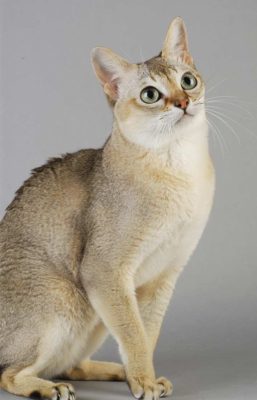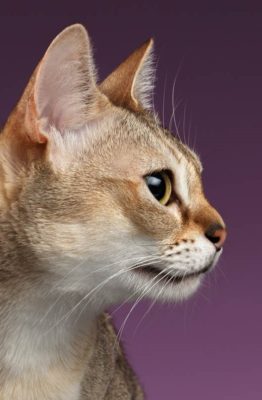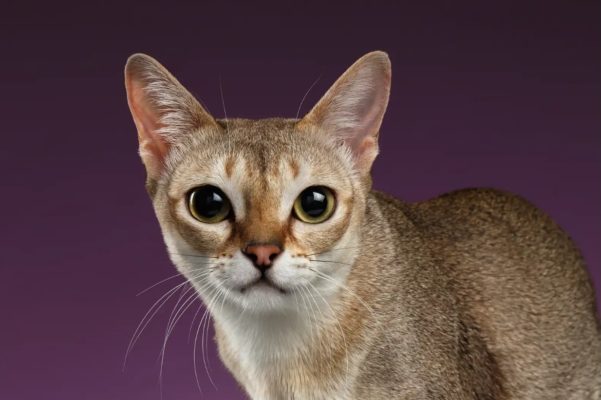Singapura
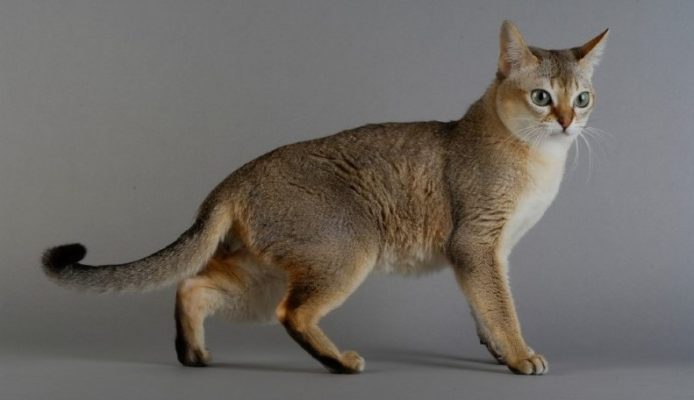
The Singapura cat’s personality makes it a great pet, as it is very gentle and affectionate. At the same time, this cat has a bright and energetic character; it is very curious, intelligent, and agile. Singapura cats are very warm to people; they love to be in the center of events and always take the opportunity to spend time with their owner and sit on his lap.
Table of Contents
Breed Information
| Origin | Singapore |
| Size | Males 20-25 cm Females 20-23 cm |
| Weight | Males 2-3 kg Females 1.5-2.5 kg |
| Fur Type | Short-haired |
| Color | Sepia agouti (golden-cream tone with an admixture of dark brown stripes on the ears, head, back) |
| Lifestyle | Indoors |
| Lifespan | 11-15 years |
| FIFe Classification | – |
| WCF Classification | Group 3: “Short-haired” Breed designation – SIN |
| TICA Classification | SG |
| Group | Short-haired cats, apartment cats (docile cats) |
| Price | $800-1500 |
Breed Photos
Origin History
The origin of the Singapore cat breed, also called the Singapura cat, is rather ambiguous. One day a couple of breeders, Tommy and Hal Meadow, claimed that they had brought three street cats from Singapore to America. It happened in the 1970s. The breed was later shown to the Cat Fanciers Association, which officially recognized it in 1982. It was then that these cats officially began to be called Singapura cats.
In the early 1990s, the Singapore Tourism Development Board questioned this version and initiated research on the history of the Singapura cat’s origin. It was because they wanted to make this breed the mascot for the sovereign island of Southeast Asia. In the course of this research, it turned out that the cats that Tommy and Hal Meadows said they brought from Singapore had been brought there by the same couple earlier from the United States.
According to the second version, it is believed that the Singapura is a mixture of Burmese and Abyssinian cats, which was bred in the United States. Despite the ambiguity of the breed’s origin, the Cat Fanciers’ Association has maintained the status of Singapura as a natural breed whose home in Singapore. The Singapore Tourism Development Board still decided to use the cat as the island’s tourist mascot.
Appearance
Singapura is one of the smallest domestic cats. The weight of an adult cat is no more than 3 kg. Despite its small size, the cat’s body is quite muscular. The miniature nature of the Singapura cat is not the only notable physical characteristic of the breed. It is also known for its large expressive eyes, large ears, and unique coloration. The short, silky coat has a sepia agouti hue, which is the only possible color of the Singaporean. Sepia agouti is a golden-cream tone with an admixture of dark brown stripes on the ears, head, and back.
Character
The Singapura cat’s personality makes it a great pet, as it is very gentle and affectionate. At the same time, this cat has a bright and energetic character; it is very curious, intelligent, and agile. Singapura cats are very warm to people; they love to be in the center of events and always take the opportunity to spend time with their owner and sit on his lap. Singapura cats are incredibly talkative, loving to meow often for no good reason. Fortunately, their soft, sweet voices make this breed’s incessant meowing very enjoyable.
Care
Singapura cats do not require much care, so keeping them will not bring much trouble. Singapura needs to be brushed once a week. You also need to trim its claws regularly, clean its ears from time to time, and wipe its eyes with a damp natural cloth. These pets don’t need to be bathed often; they are quite clean and can keep themselves clean on their own. Singapura needs daily brushing of teeth, which will help prevent oral diseases. This cat should be kept exclusively at home to protect it from diseases spread by other animals, dog attacks, and other dangers.
Education
Singapura cats are incredibly active, and they do not need any motivation to move because it is given to them by nature. The main thing is to give them all opportunities and conditions to release their energy outside – a climbing house, interactive toys, and as much space in the apartment as possible will make these cats happy.
These smart animals love to learn. In addition to learning basic house rules, they can be taught some tricks and commands. For training to be interesting, the Singapura cat needs to be taught playfully. Being engrossed, she will not even notice that they are trying to teach her something and enjoy playing.
Common Diseases
The Singapura cat is a generally healthy breed, but one problem recently found to have is pyruvate kinase deficiency. It is an inherited genetic disorder caused by a deficiency of an enzyme important for the energy metabolism of red blood cells and leads to hemolytic anemia. A special test can determine the presence of this disease. Fortunately, Singapura cats can lead normal lives with this pathology. Other conditions that the Singapura cat is prone to include such conditions as kidney failure, hypothyroidism, and diabetes. Because of their small size, pregnant Singapuran females often require a C-section.
Nutrition
Nutrition is an important part of caring for a Singapura cat. Its diet should be balanced and enriched with vitamins and nutrients. At the same time, these cats do not need to follow a diet, as they are not at risk of obesity.
In a natural diet, the cat’s diet should consist mainly of lean meat – turkey, chicken, lean beef. The cat’s menu can also be varied with cereals, vegetables, and occasionally with sour-milk products. Categorically not recommended to offer the Singapura cat pork, smoked sausages, freshwater fish, and sweets. It is also allowed to feed the cat industrial dry food and canned food. It is recommended to choose foods that consist of at least 30% meat.
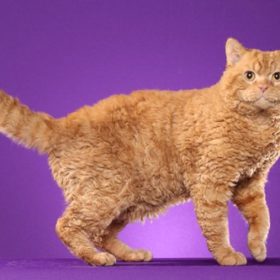 Selkirk Rex Shorthair
Selkirk Rex Shorthair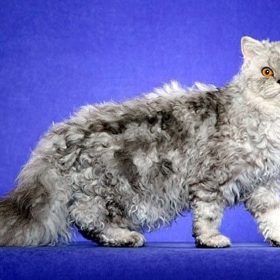 Selkirk Rex Longhair
Selkirk Rex Longhair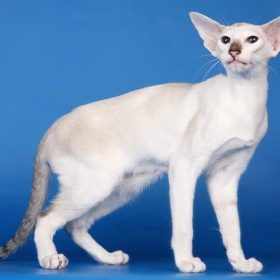 Seychellois Shorthair
Seychellois Shorthair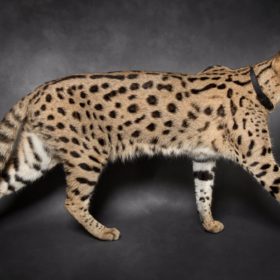 Savannah
Savannah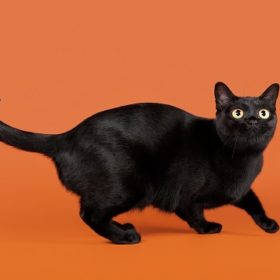 Bombay Cat
Bombay Cat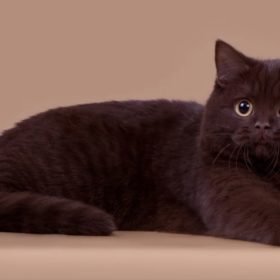 York Chocolate
York Chocolate